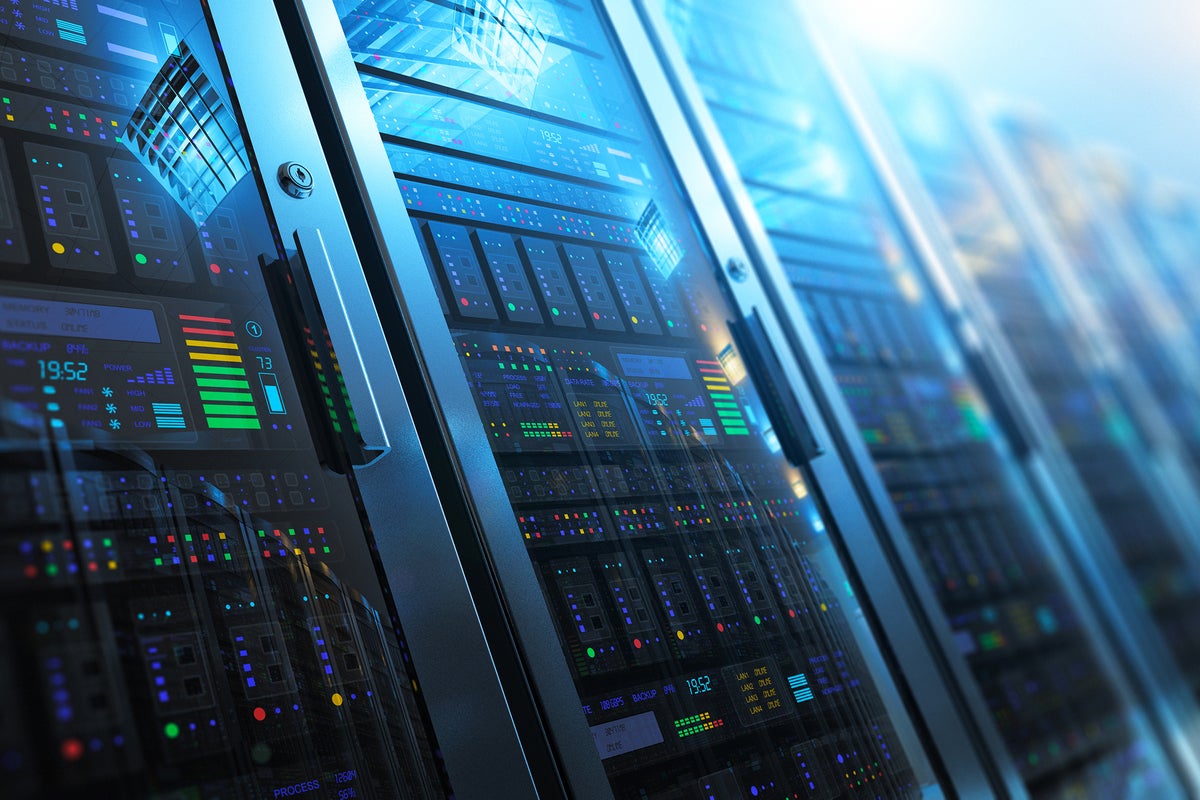Significant transactions in large companies have always been complex because it was necessary to gather many employees in one room (while ensuring its security – so that no one took papers from there) and thousands of different documents.
Later, virtual rooms appeared, which radically changed the idea of transactions.
Physical data room
The physical data room is a standard room that is designed to prepare a company for a transaction. Previously, all companies did this: they collected the necessary documents in one room with limited access and protection, and managers and lawyers came there. There were heated discussions, searches, and the preparation of various documents. The whole process dragged on for many months.
Virtual Data Room
VDR is a technology that brings the entire process of the physical data room to the Internet space. Now even major mergers and acquisitions can be carried out with maximum speed and comfort. And what is also important in recent times, VDRs make it possible to work remotely with maximum protection for each file.
VDR are easily scalable
Previously, a manufacturing plant installed servers for hosting at the central office to have its process management and accounting software. As the business grew, the need for new hard drives arose, and budgets were spent on hardware and a mandatory archive of information in case the server failed.
A whole staff of specialists was required to manage and monitor these processes. Those who have already migrated their solutions to the cloud know that you can increase or decrease the number of storage resources at any time with the click of a button. A banal example: on the eve of Black Friday, the owner of an online store can play it safe and increase the computing power of his platform so that the site can withstand the influx of users and return to normal parameters on the weekend. In the cloud, this can be done not even manually but automatically.
VDR saves money in the long run
The business owner pays for what he uses. For example, in a typical data center, having your server room requires significant investments in hardware, electricity, compliance with fire safety standards, and salaries for staff maintaining your hardware and software. Cloud solutions avoid these costs.
Safety
A very relevant question in our time. In a recent study of global risks, it is not for nothing that the International Economic Forum included cybersecurity in the TOP-5 short-term threats to stability on the planet. The cloud provider takes on a significant portion of the responsibility for this area. He is interested in passing certification confirming that data is reliably protected and minimizing the risks of leaks and loss of customer information. In addition, the cloud allows you to control access to content. It will enable you to set up two-factor authentication, restrict access to users from a specific region or IP address, encrypt your Internet traffic using HTTPS protocols and SSL certificates, and take other measures to secure your product, data, and intellectual property. In addition, cases of DDOS attacks by unscrupulous competitors have become more frequent. In such cases, the system receives many identical requests for a certain period, begins using the entire amount of available computing resources, and stops working due to overload. It is much easier to counter such threats in the cloud.


